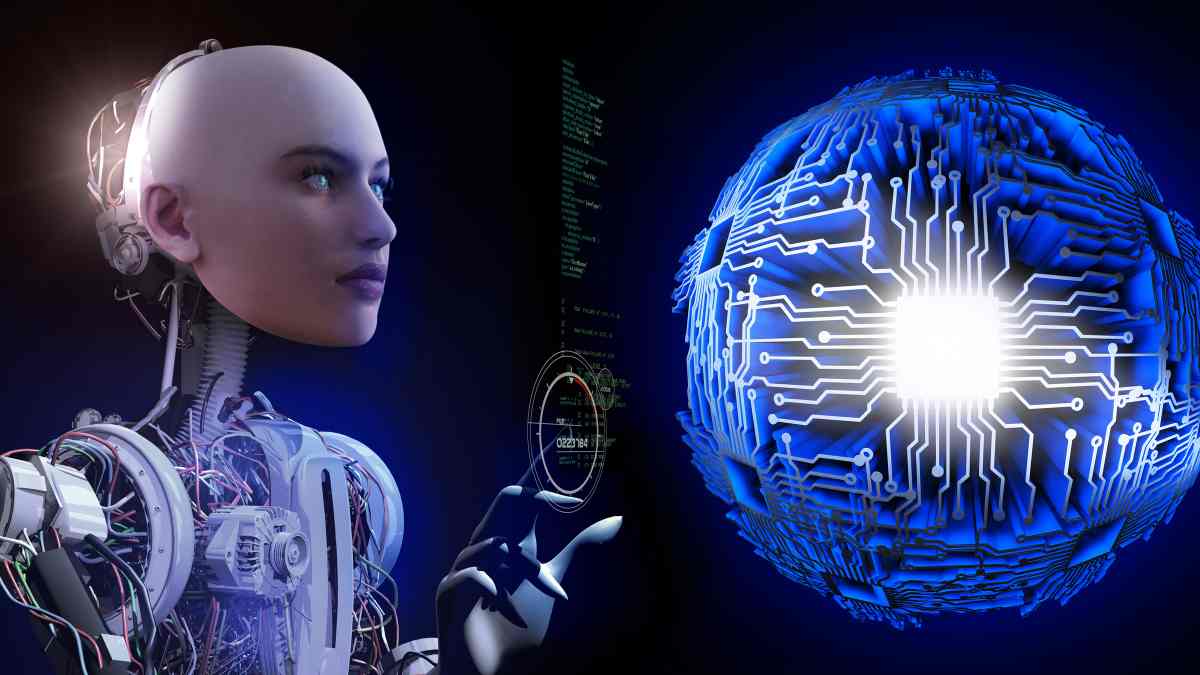Lidar, which stands for “Light Detection and Ranging,” is a remote sensing technology that uses laser light to measure distance and create 3D maps of objects and environments. Lidar technology is not just limited to self-driving cars but has found its way into robotics as well. In robotics, lidar can enhance the navigation and object recognition capabilities, enabling robots to better understand and navigate their environments. In this article, we’ll explore the benefits of lidar in robotics and how it can enhance navigation and object recognition.
Enhanced Navigation
Lidar technology can enhance the navigation capabilities of robots by providing highly accurate 3D maps of the robot’s environment. By creating real-time maps of its surroundings, the robot can accurately locate itself and navigate through complex environments, such as factories or warehouses.
Additionally, lidar can help robots navigate around obstacles, such as furniture or other objects. The high accuracy of lidar measurements can allow robots to safely navigate around obstacles without colliding with them.
Object Recognition
Lidar technology can also enhance the object recognition capabilities of robots. By creating 3D maps of objects in the robot’s environment, lidar can help robots identify and track objects more accurately than traditional sensors, such as cameras or ultrasound sensors.
For example, lidar can help robots distinguish between different types of objects, such as chairs or tables, based on their unique 3D shapes. This can be particularly useful in industrial settings where robots need to sort and move objects with precision.
Benefits of Lidar in Robotics
- Accuracy: Lidar provides highly accurate 3D measurements of objects and environments, enabling robots to navigate and recognize objects more accurately.
- Real-Time Mapping: Lidar can create real-time 3D maps of the robot’s environment, allowing the robot to quickly adapt to changes in the environment.
- Object Recognition: Lidar can help robots identify and track objects more accurately than traditional sensors, such as cameras or ultrasound sensors.
- Safety: Lidar can help robots navigate around obstacles and avoid collisions, improving the safety of robot operations.
- Versatility: Lidar can be used in a wide range of environments and conditions, making it a versatile technology for robotics.
Challenges of Lidar in Robotics
- Cost: Lidar technology can be expensive, which can make it difficult to scale for mass adoption.
- Complexity: Lidar technology can be complex to integrate into robotic systems, requiring significant engineering expertise.
- Interference: Lidar can be affected by interference from other sensors or sources of light, requiring careful integration and calibration.
Conclusion
Lidar technology holds significant promise for robotics, enabling robots to navigate and recognize objects more accurately and safely. By providing highly accurate 3D maps of objects and environments, lidar can help robots operate with greater precision and efficiency. While there are challenges to overcome, lidar technology has the potential to revolutionize the field of robotics and unlock new possibilities for automation and innovation.




